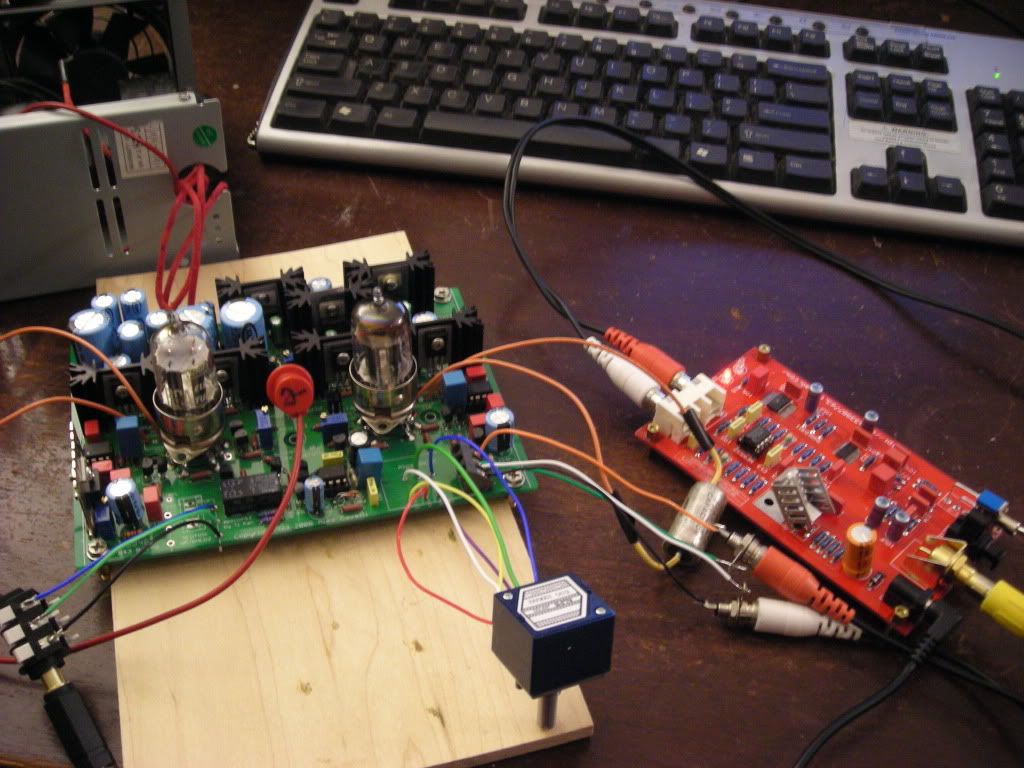Hi all - I've started my soha II a couple days ago, but I'm not getting a 19v drop from TPR/L to TB+R/L.
Every other measurement has been spot on until I put the tubes in.
TB -108v
TH - -12.8v
TL+/- +14.9/-15.1v
220mV across R10 and 400mV across R6
(resistor values checked, for 10mA and 2mA across correspondingly)
65v at TB+
64.7v at TP
~300mV drop
I tested it with the tubes off, and I got ~7v at TPR, and <1v at TPL.. both values varying quite a bit. If I recall correctly, touching the test probe to TP consistently tripped the relay.
First batch of production boards
Jumper set to 12.6v @ 150mA, EH 12AU7, advertised as new.
BD139 transistors.. small signal transistors - BC550C & BC560C
Some observations:
I had a very difficult time getting a reading across R6 when I put my dmm to the mV setting; Even if I could consistently get 0.4v reading when set at the (auto)volt range, it would often read 'null' when using the mV range (it would sometimes read 400mV, but often times not.. I couldn't find a pattern)
The relay will click off when adjusting P1P with tube in.
The relay will click off randomly when touching multimeter probe to a resistor lead or less frequently when touching a test point.
I've tested many times over for several hours, so I'm pretty sure the above behaviors are fairly consistent and accurate.
I have the suspicion that something may be wrong with my fluke 87, so I will try using my a backup multimeter after posting.
Some obligatory pictures

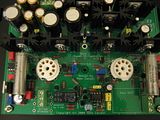
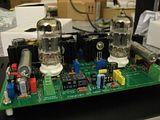
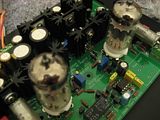
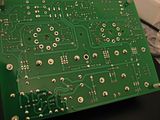
I've been dying to hear this amp since I ordered the board a year ago, so hopefully I can get it fixed and working ._.



























